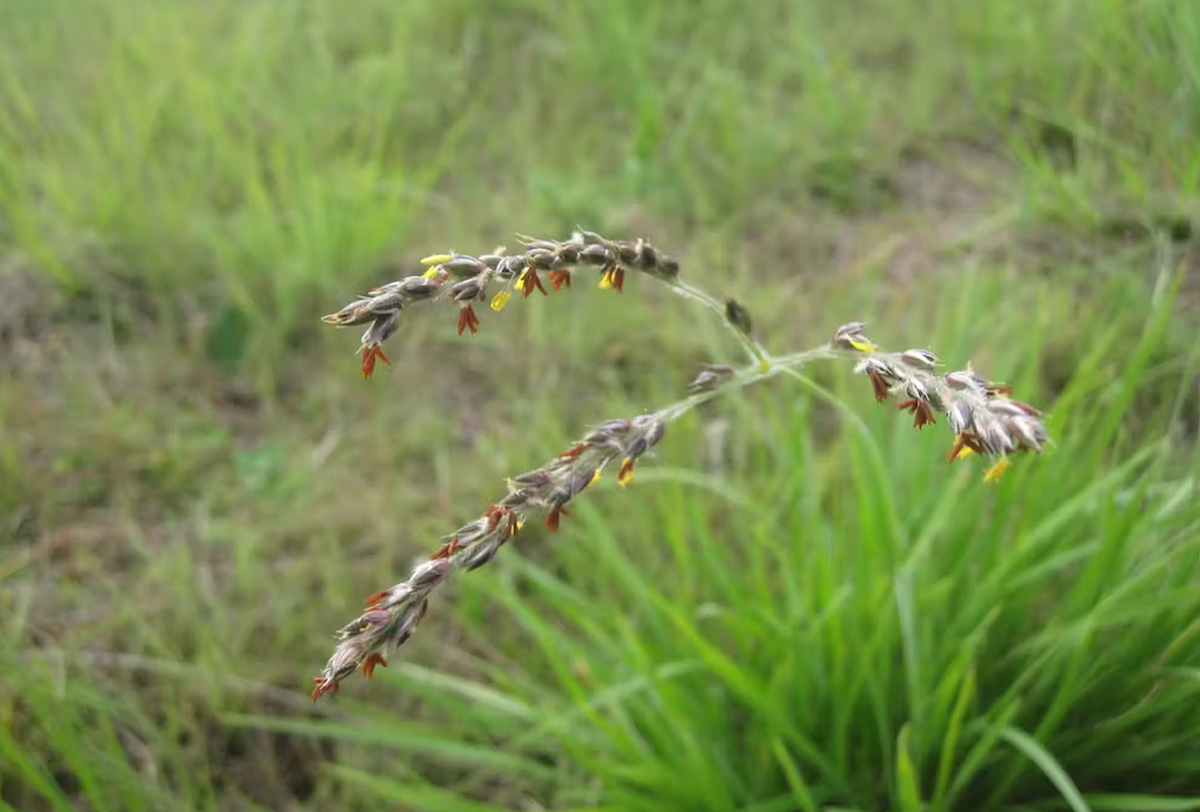
Grasses Transfer Genes from their Neighbors in Same Way GM Crops Are Made
October 11, 2023| |
A new study reveals that grasses may transfer genes from their neighbors in the same way that genetically modified (GM) crops are made. This research is the first to show how frequently grasses exchange genes in the wild through the process called lateral gene transfer, also known as horizontal gene transfer.
The evolutionary shortcut allows grasses to grow faster, bigger, taller, and stronger, and adapt to new environments quicker. Grasses cover 30 percent of the earth's terrestrial surface and produce a majority of the world's food. The research team sequenced multiple genomes of the tropical grass Alloteropsis semialata. Their study retraced the evolutionary history of the genes in the genome and identified those with foreign origins. They found that this grass acquired genes continually throughout its evolutionary history, with a foreign gene incorporated approximately every 35,000 years.
Horizontal gene transfer and GM crops have the same outcome, with a foreign gene inserted into a recipient's genome. It is now thought these transfers are likely to occur in the same way that some GM crops are made.
Dr. Luke Dunning, the University of Sheffield research fellow and senior author of the research, said: “There are many methods to make GM crops, some which require substantial human intervention and some that don't. Some of these methods that require minimal human intervention could occur naturally and facilitate the transfers we have observed in wild grasses." He also said that their current working hypothesis which they plan to test in the near future, is that these same methods are responsible for the gene transfers that they document in wild grasses. “This means, in the near future, controversial genetic modification could be perceived as more of a natural process," he added.
For more details, read the articles in the University of Sheffield News and The Conversation. The results of the study are published as an open-access paper in New Phytologist.
| |
You might also like:
- Study Shows Grasses Take Genes from Other Species to Accelerate Evolution
- Genetically Engineered Plants Occur in Large Scale Naturally
- First Known Gene Transfer from Plant to Insect Reported
Biotech Updates is a weekly newsletter of ISAAA, a not-for-profit organization. It is distributed for free to over 22,000 subscribers worldwide to inform them about the key developments in biosciences, especially in biotechnology. Your support will help us in our mission to feed the world with knowledge. You can help by donating as little as $10.
-
See more articles:
-
Plant
- Researchers Uncover Single Enzyme Boosts Soybean Oil Production
- ERS Releases Latest Trends in GM Crop Adoption in the US
- Grasses Transfer Genes from their Neighbors in Same Way GM Crops Are Made
- Chinese Farmers Harvest Giant Rice Resistant to Pests and Flooding
- GM Lettuce and Mizuna Show Antibacterial Activity Against E. Coli
-
Food
- Researchers Review Milk Bioactive Production Using Cellular Agriculture
-
Health
- DNA Nanodevice to Map Potassium and Sodium in Cell Organelles
- CRISPR Reveals Relation Between Genome Organization and Autism
-
Read the latest: - Biotech Updates (December 17, 2025)
- Gene Editing Supplement (December 17, 2025)
- Gene Drive Supplement (February 22, 2023)
-
Subscribe to BU: - Share
- Tweet

